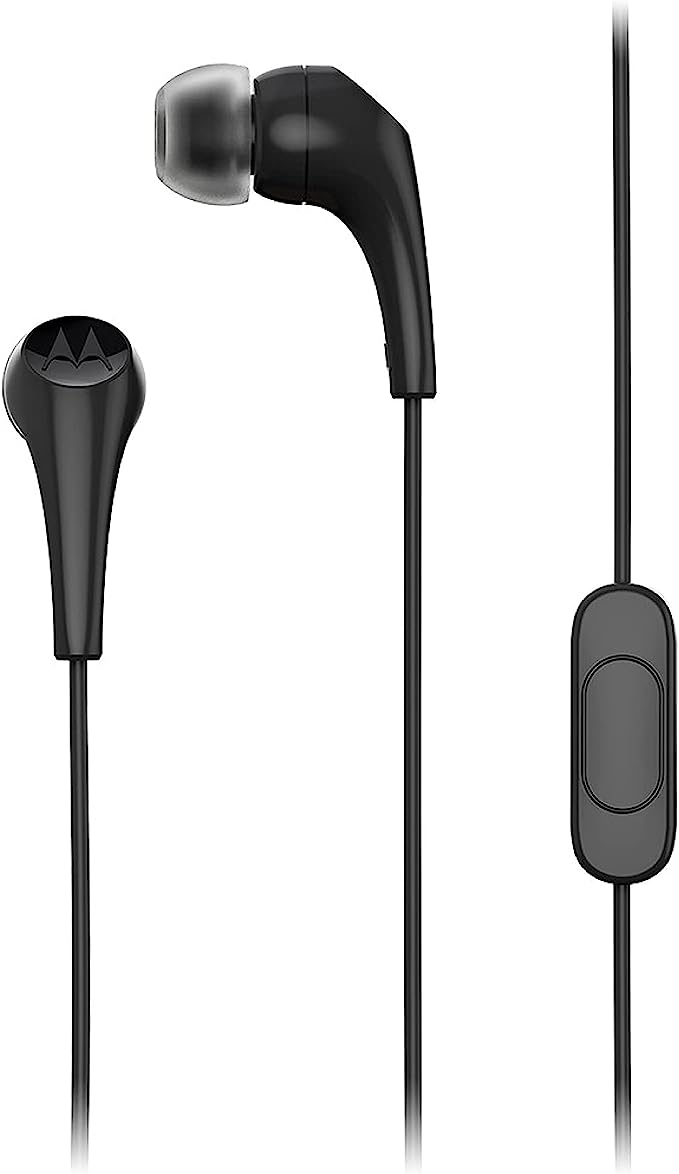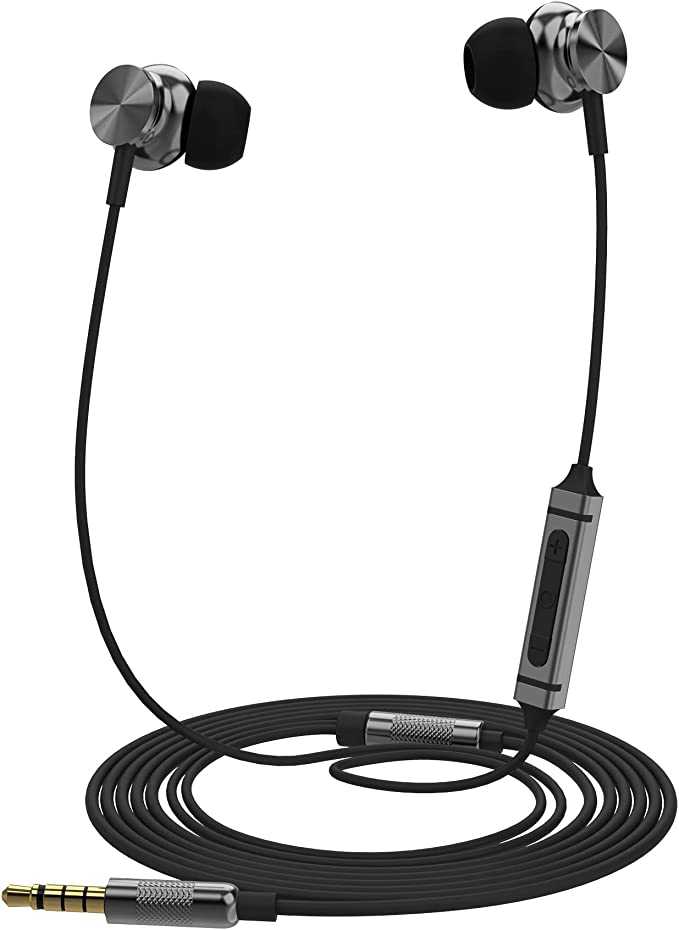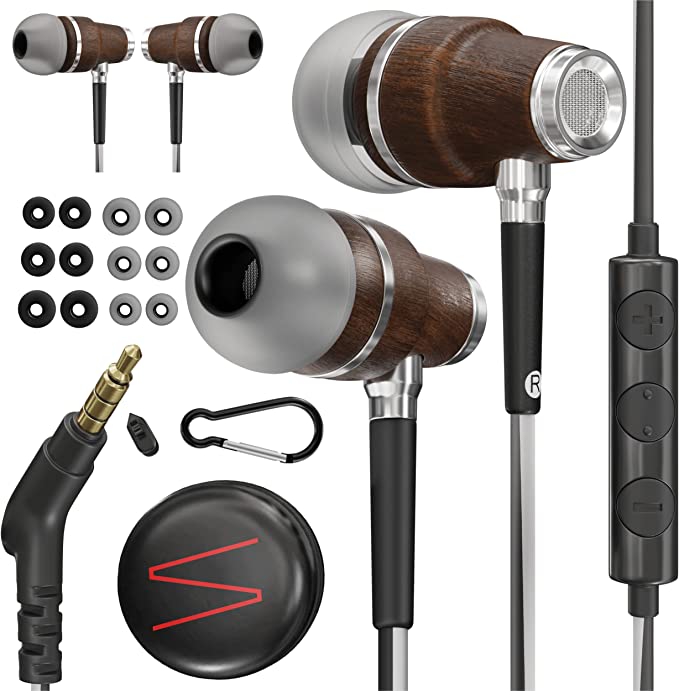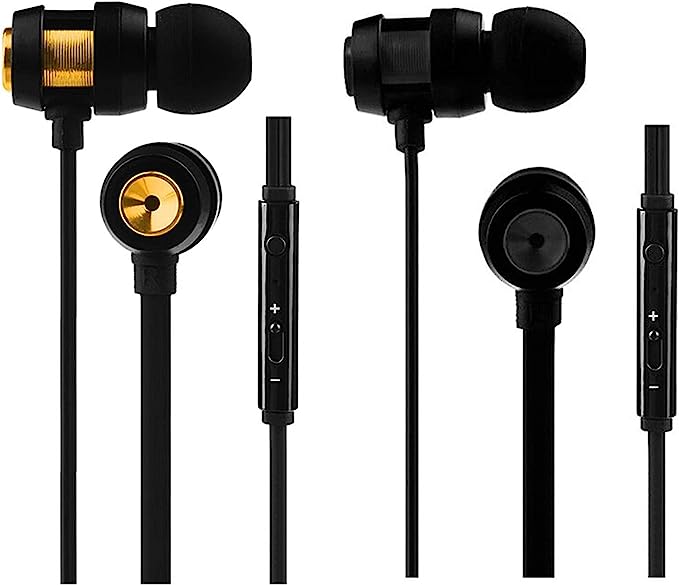The Physics of Silence: Why Passive Isolation Beats Budget ANC
Update on Nov. 23, 2025, 4:40 p.m.
In the current audio market, “technology” is often synonymous with complexity: chips, batteries, firmware updates, and codecs. However, there is a counter-narrative rooted in pure physics. The Sony MDR-EX15LP represents a design philosophy that prioritizes mechanical acoustics over digital processing.
While it is easy to dismiss these as “gas station earbuds,” a closer examination reveals a masterclass in minimalist engineering. By stripping away the points of failure inherent in wireless systems, these headphones leverage the fundamental principles of Passive Noise Isolation (PNI) and acoustic pressurization to deliver a performance that defies their price point.

The Mechanics of the Seal: Passive vs. Active Isolation
The most critical component of the MDR-EX15LP is not the driver, but the silicone ear tip. In the world of acoustics, the seal is everything.
Active Noise Cancellation (ANC) works by generating an inverse sound wave to cancel out background noise. While effective for low-frequency drones (like airplane engines), budget ANC implementations often struggle with high-frequency, irregular sounds (like voices or clattering dishes) and can introduce a subtle “hiss” or digital pressure.
Passive Noise Isolation, utilized by the EX15LP, relies on a physical barrier. * The Air-Tight Chamber: When the correct size silicone tip is inserted into the ear canal, it creates a sealed acoustic chamber. This seal mechanically blocks sound waves from entering the ear. * Broad-Spectrum Reduction: Unlike ANC, which is frequency-dependent, a good physical seal reduces noise across the entire frequency spectrum. This is why users report them being “amazing for study sessions.” It is not technology; it is physics. The isolation is immediate, battery-free, and artifact-free.
Bass Response and Acoustic Pressurization
A common misconception is that you need massive drivers for big bass. The EX15LP uses relatively small 9mm neodymium drivers. How do they generate the bass that users consistently praise? Again, the answer lies in the seal.
Bass frequencies are essentially moving air. In an open environment (like open-back headphones), low-frequency waves disperse rapidly. However, in a sealed in-ear system, the driver acts like a piston in a cylinder (your ear canal). This allows the driver to pressurize the small volume of air efficiently, transmitting low-frequency energy directly to the eardrum with minimal excursion. * The Leakage Penalty: If the seal is broken, bass pressure escapes instantly, resulting in a tinny sound. Sony’s inclusion of three sizes of hybrid silicone rubber earbuds is an engineering necessity to ensure this pressurization can be achieved across different anatomies.

The “Zero-Latency” Advantage
For gamers, video editors, and musicians, Bluetooth introduces an unavoidable enemy: Latency. Even the best codecs (aptX LL) have a delay of 30-40ms, while standard Bluetooth can lag by 200ms or more.
The wired connection of the MDR-EX15LP offers absolute zero latency. The signal travels at the speed of electricity through copper. * Rhythm Games & Editing: When editing video or playing rhythm games, visual-audio synchronization is paramount. A wired connection ensures that what you see is exactly what you hear, instant by instant. * No “Handshake” Failures: There is no pairing protocol, no Bluetooth stack to crash, and no interference from crowded 2.4GHz Wi-Fi networks. It represents the ultimate “plug and play” reliability.
Form Factor: The “Sleep Earbud” Phenomenon
One unexpected use case for the MDR-EX15LP is as sleep headphones. Modern wireless earbuds require batteries, PCBs, and antennas, necessitating a bulky housing that protrudes from the ear.
Because the EX15LP is purely analog, the housing contains only the driver and the wire connection. This results in an incredibly small profile that can sit flush within the concha (the bowl of the ear). * Side-Sleeping Ergonomics: Users can often lie on their side with their ear against a pillow without the painful pressure point caused by bulkier wireless buds. * No “Low Battery” Wake-up: There is no voice prompt screaming “Battery Low” at 3 AM. The passive nature of the device ensures uninterrupted rest.
The Engineering of Durability vs. Cost
It is important to address the “elephant in the room”: the thin cable. From an engineering standpoint, this is a calculated trade-off known as Value Engineering.
To achieve the ~$10 price point while maintaining a high-quality neodymium driver, costs must be cut elsewhere. The cable lacks the strain relief and Kevlar reinforcement found in professional in-ear monitors (IEMs). The copper strands are thin and susceptible to material fatigue—the weakening of metal caused by repeated bending. * The “Consumable” Mindset: Rather than a flaw, this can be viewed as a feature of its classification. It is a consumable tool, much like a guitar string or a sketchbook. It is designed to be used heavily, subjected to environments where you wouldn’t dare take a $200 pair of earbuds, and replaced without financial heartache when entropy eventually wins.

Conclusion: The Analog Anchor
In a digital world defined by updates, charging cycles, and planned obsolescence, the Sony MDR-EX15LP serves as an analog anchor. It reminds us that the fundamental requirements of personal audio—isolating the listener from the world and delivering sound with clarity—are physical problems that can be solved with elegant, mechanical solutions.
Whether as a latency-free reference for editing, a comfortable companion for sleep, or a reliable backup that never needs charging, its value lies in its simplicity. It is not trying to be smart; it is simply trying to be effective.



























































